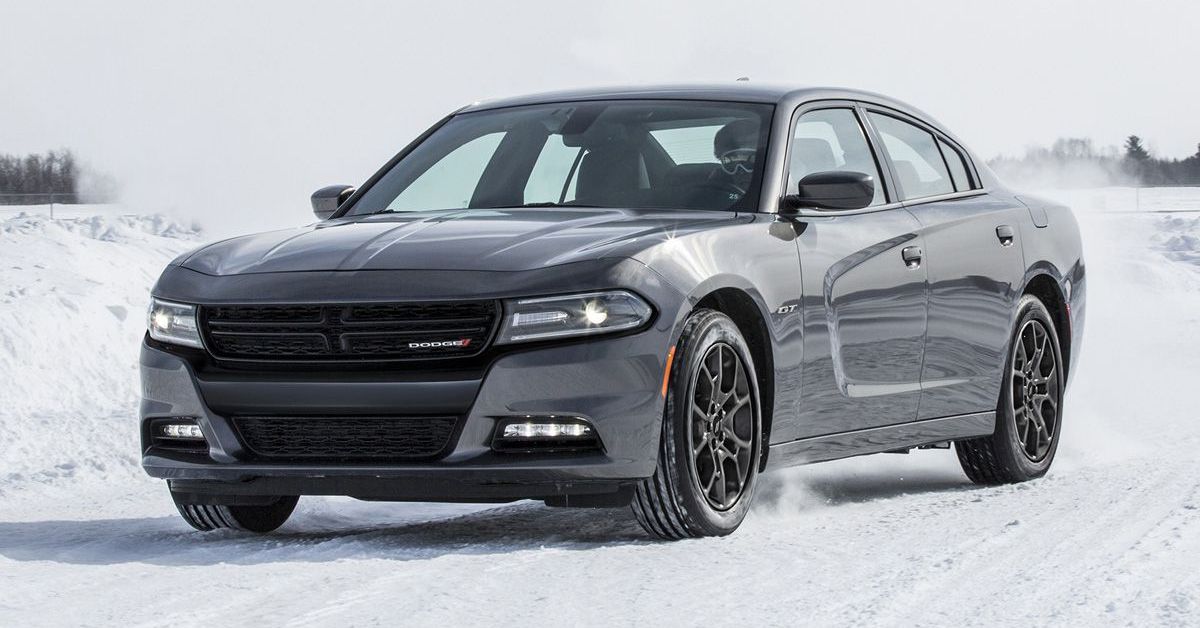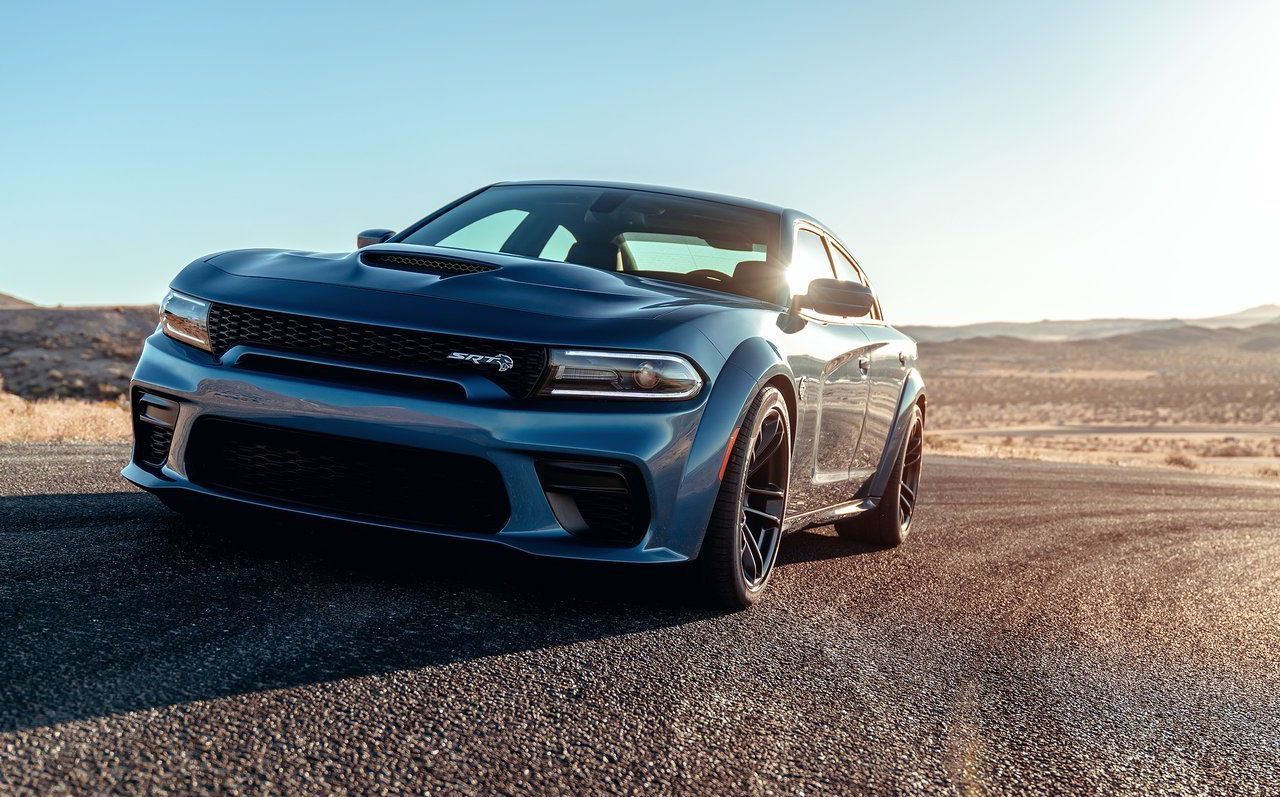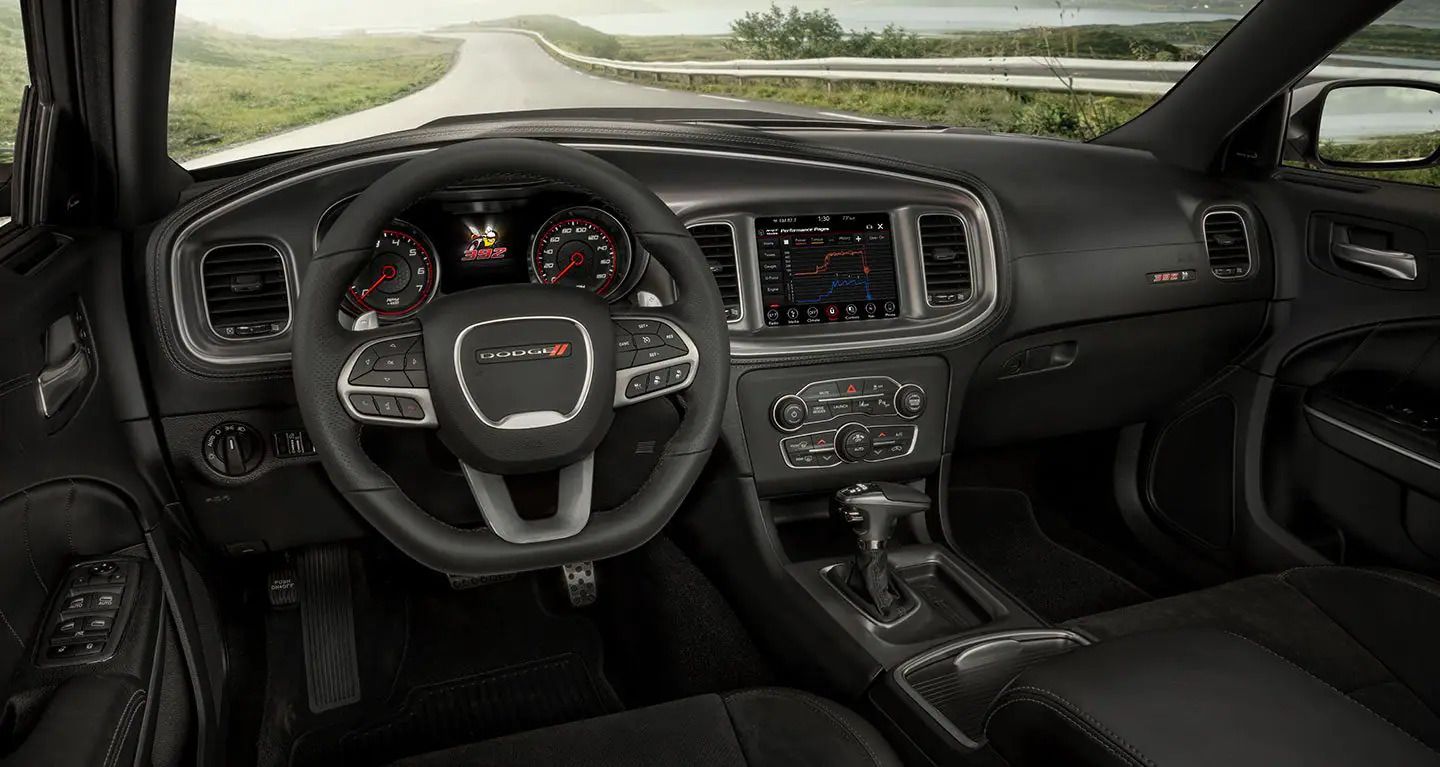Dodge has proven to do at least one thing right. The brand currently has a shrinking lineup and does not feature the newest technology. Things like this prove that they are not the best fit for everyone. But what they do amazingly well is anything with muscle cars. Their vehicles are purely emotional with their deep rumble of an exhaust and insane horsepower numbers.
The muscle car that started it all for Dodge in the modern era was the Charger. It was reintroduced for the 2005 model year as a four-door sedan rather than a two-door coupe like the original one. Now in its second generation since being reintroduced, the Charger is still a formidable competitor in the space. But that does not mean that it is not getting long in the tooth and nearing closer to its grave. We hope that the next Charger that is unveiled will still embody everything that makes a muscle car great.
Here is everything that we would want Dodge to include on the redesigned Charger.
Next Generation Dodge Charger: More Amazingly Hellish Powertrains
Rumors have it that both the Dodge Challenger and Charger will move to electric powertrains. This leaves a lot to wonder on how Dodge will be able to mix all the aspects that have made muscle cars iconic in the past and the silence that signifies that you are driving an electric vehicle. Most times what makes a muscle car attractive are the borderline obnoxiously loud sounds that are emitted from the exhaust. Dodge has tried to quell enthusiasts’ fears and have said that their future electric cars will still come with the sights and sounds that uniquely make a muscle car. We certainly hope that this still includes the Charger.
If there is still a generation between the current internal combustion and the fully electric Charger, a plug-in hybrid would be a good option to bridge that gap. Though it is still quite a departure from the supercharged V8 that is wildly popular in the Hellcat Charger, it is most likely inevitable that the V8 will not live beyond this generation. We can’t help but think that a four-cylinder plug in hybrid powertrain would not do the Charger justice, but a six-cylinder could suffice. We have seen a plug in six-cylinder work in other performance vehicles such as the Porsche Panamera 4 E-Hybrid which still puts out a total of 455 horsepower between its V6 and electric motor. Furthermore, we could see the Charger do well with a powertrain such as that if a supercharged V8 is no longer an option.
Features That Will Bring The Charger Into This Decade
The success that has come from the Charger recently has mainly been its powertrain and huge amounts of power that come at a relatively low price. That will still need to be a priority in the next generation, but also the Charger needs to have its technology offerings updated to bring it into this decade. The Charger has largely remained the same technologically speaking since its last major redesign in 2011. The 8-inch center screen in the vehicle is relatively small in comparison to the competition these days. Other niceties that are not found on the Charger, but other competitors include a heads-up display and wireless phone charger.
Technology is now a crucial aspect of a new vehicle’s success and so is the overall quality. Even mainstream brands have increased their efforts in trying to make their vehicles feel more premium. Unfortunately, the current Charger has a lot of cheap materials and hard plastic panels used in its interior. This is especially glaring with the especially large silver plastic panel that completely surrounds the center screen and over to the gauge cluster. This could be slightly more permissible on the base Charger SXT because it is mainly found on rental car lots. But when you go up the Charger line such as the Hellcat, it makes it hard to spend around $80,000 for something with a lackluster interior when you can get a premium interior from BMW or Mercedes-Benz for the same price or less. The next Charger would greatly benefit from an interior that not only looks more cohesive, but also made from materials that match its price tag.
The Charger has been an icon of American performance for years now and has represented the dying breed of muscle sedans very well. Our concern is that it can only last so long before people move on to bigger and better alternatives. The current Charger has stood the test of time for more than a decade now and its gray hairs have not deterred many yet. We just hope that Dodge will give this car the time and attention it needs before it’s too late.



